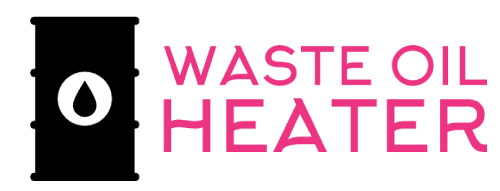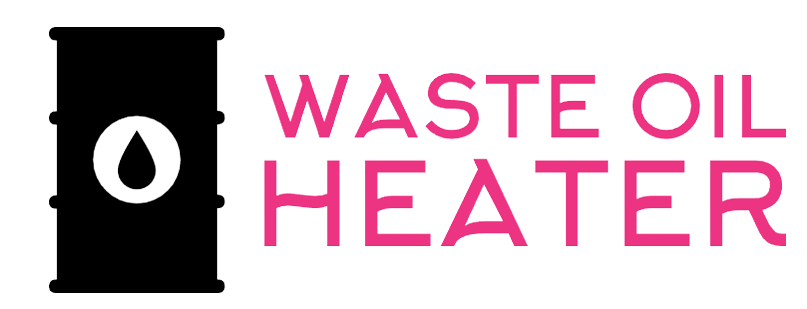Nowadays, getting high-quality, pure oil to industrial sites requires significant effort and financial investment. Clean, filtered, climate-controlled lube rooms are used in proactive, best-practice facilities before lubricants are ready for use.
Lubricants are given to a machine as needed to keep its components running smoothly until they wear out. This may be shown by looking at the various lubrication programmes in different industries.
Most individuals remain mute when asked whether lubricants are handled once they have been poured from a machine. The general consensus is that these oils should be stored in used or garbage oil containers and disposed of as soon as they become toxic. Federal and state requirements, as well as the cost-benefit analysis, may be impacted by how these lubricants are managed.
Prior to explaining how these lubricants should be maintained, let’s identify used oil and waste oil. A used oil is one that has been subjected to processing and is now contaminated by physical or chemical impurities, according to the Environmental Protection Agency (EPA). To better comprehend old oil, let’s look at its origin, equipment, and pollution. Read also Variety Of Dumpster.
Crude oil & synthetic oil must have been the source of used oil. Vegetable and animal oils can’t be drained of used lubricants.
Machinery such as compressors, engines, or hydraulic devices all need oil. In addition to physical contamination, chemical impurities may be caused by the lubricant interacting with the contaminants and contaminating the lubricant.
There is no such thing as “pure” oil when it comes to “waste oil.” Hydraulic fluids may be combined with toxic substances in certain equipment.

Prior to being employed in a machine, an oil drum that has just been filled with virgin oil might become hazardous waste since it has been exposed to another potentially harmful chemical. So, wherever possible, maintain lubricants free of potentially dangerous substances. EPA’s Resource and Recovery Act (RCRA) provides the following definition of hazardous waste:
When it comes to hazardous trash, we’re talking about substances that are reactive, corrosive, flammable, or poisonous.
This kind of waste poses a serious threat to human health since it contains substances that may be lethal to humans at low dosages, as well as animals at higher concentrations.
Incorrect handling of hazardous waste may result in immediate or long-term dangers to both human health as well as the ecosystem.
New oils having halogen levels exceeding 1,000 ppm are included in waste oil (ppm). Halogens induce nausea and vomiting when breathed in. There are several additives that include halogens in automotive lubricants.
Lubricants with more than 1,000 ppm of these additives are termed waste oil. If recovered, chlorinated paraffins in metalworking fluids may be excluded from the 1,000 ppm limit.
As a result, let’s speak about what happens to these lubricants after they’ve left your garage or manufacturing site. Find out just what your state and local regulations are regarding the use of such lubricants.
Up to five gallons of used motor oil may be transported for free by Tulsa, Oklahoma, residents to major auto parts merchants and the city’s municipal recycling facility. In an industrial setting, used oils are often stored in a container labelled “used oil” and sent to a recycling facility. These containers must be identified accurately since disposal of waste oil may cost up to 10 times more than disposing of used oil.
Tank materials and any related documents should be included under local and state laws. There should be an alert set to sound so when container is 90% full, which is around 10% of the total storage capacity in most cases.
Considering that companies are charging per gallon for disposed oil, you should be aware that if the tank had water, you would be paid for it. You should mark waste oil and store it separately from working oil to avoid cross-contamination. Different oils may be stored in separate containers on certain used oil carriers, making it simpler to recover and recycle the oil.
Why Are They Still There If The Site Has Deleted Them?
In certain cases, spent oils may be recycled after being cleaned of contaminants and reintroduced into the machinery from that they were originally removed. The lubricants are not restored to their original condition, but they are adequately cleaned for re-use using this approach.
Instead of charging disposal fees or purchasing new oil with each lubricant change, the facility saves money. Rather of paying to use oil that has been purchased from a storage facility, there are now companies that will reimburse you for the oil you have used. It’s either for base oil refinement or heating oil use that companies do this.
In order to eliminate contaminants and oxidation products from used lubricants, heating oils must be dehumidified before they can be used.
Now, the oil industry isn’t sure how to label the consumed fuel: used fuel or trash fuel. Crude and synthetic oils that have been depleted of their usefulness are known as “secondary oil.” There are two types of waste oil: those that have already been used and those that haven’t.
When lubricants are removed from a machine, a variety of options are available for controlling their flow. Additionally, they may be dried or heated as part of the same process of purification. Legal or financial penalties may ensue if lubricant handling procedures are not strictly followed.











